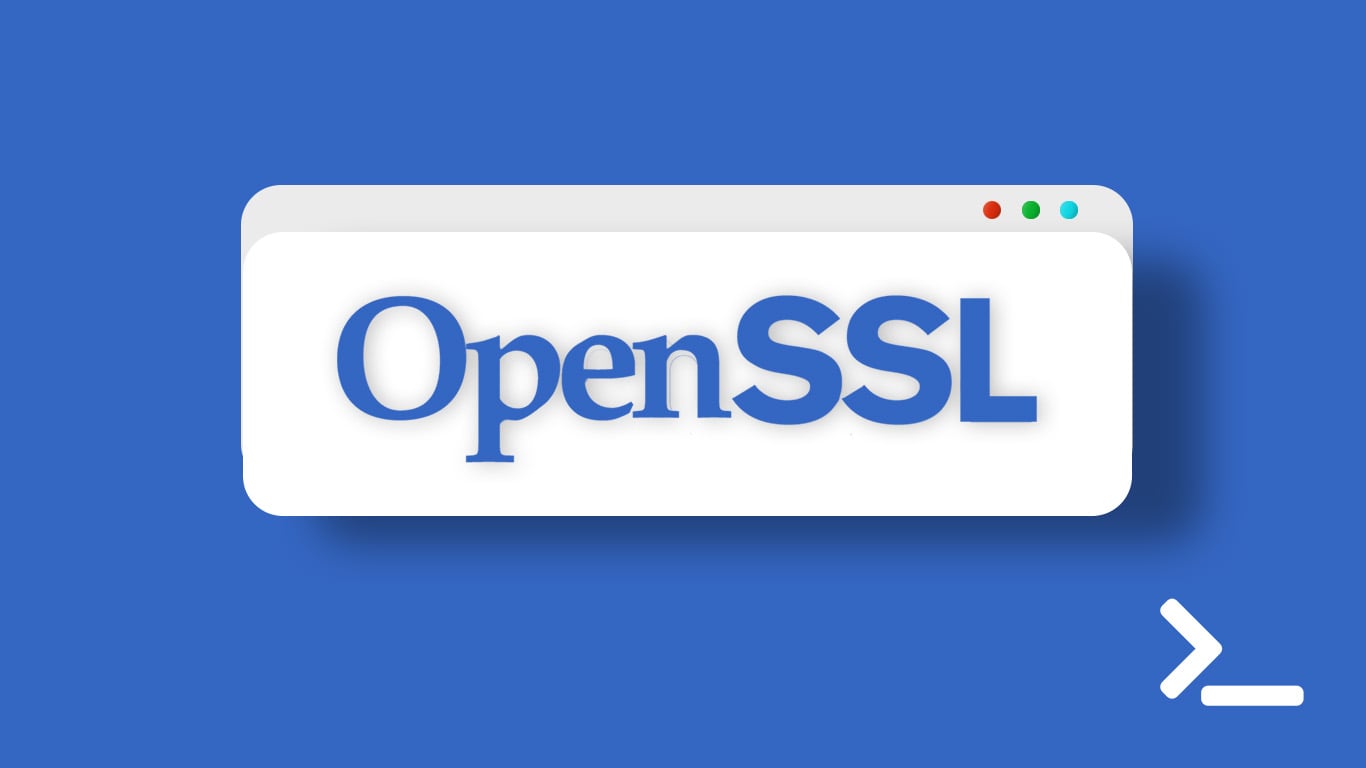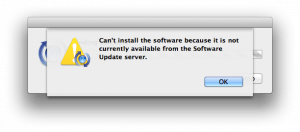

Parallel dual-prime 1536/2048-bit modular exponentiation for AVX512_IFMA capable processors.Subject or issuer names in X.509 objects are now displayed as UTF-8 strings by default.

CCM8 cipher suites in TLS have been downgraded to security level zero because they use a short authentication tag which lowers their strength.The various OBJ_* functions have been made thread safe.Applications requiring this KDF will need to load the legacy crypto provider. The PVK key derivation function has been moved from b2i_PVK_bio_ex() into the legacy crypto provider as an EVP_KDF.The SSL_CTX_set_cipher_list family functions now accept ciphers using their IANA standard names.At security level 2 it cannot be enabled. By default TLS compression was already disabled in previous OpenSSL versions. RSA, DSA and DH keys of 1024 bits and above and less than 2048 bits and ECC keys of 160 bits and above and less than 224 bits were previously accepted by default but are now no longer allowed. The default SSL/TLS security level has been changed from 1 to 2.AES-GCM enabled with AVX512 vAES and vPCLMULQDQ.This avoids confusion between that scenario versus when the TLS version includes secure renegotiation but the peer lacks support for it. s_client and s_server apps now explicitly say when the TLS version does not include the renegotiation mechanism.RNDR and RNDRRS support in provider functions to provide random number generation for Arm CPUs (aarch64).Fixed PEM_write_bio_PKCS8PrivateKey() and PEM_write_bio_PKCS8PrivateKey_nid() to make it possible to use empty passphrase strings.The SSL_CTRL_GET_IANA_GROUPS control code, exposed as the SSL_get0_iana_groups() function-like macro, retrieves the list of supported groups sent by the peer, and the function SSL_client_hello_get_extension_order() populates a caller-supplied array with the list of extension types present in the ClientHello, in order of appearance. Add new SSL APIs to aid in efficiently implementing TLS/SSL fingerprinting.Add ciphersuites based on DHE_PSK (RFC 4279) and ECDHE_PSK (RFC 5489) to the list of ciphersuites providing Perfect Forward Secrecy as required by SECLEVEL >= 3.Add support for TCP Fast Open (RFC7413) to macOS, Linux, and FreeBSD where supported and enabled.Extended Kernel TLS (KTLS) to support TLS 1.3 receive offload.Add more SRTP protection profiles from RFC8723 and RFC8269.
#R OPENSSL FOR MAC MAC#
#R OPENSSL FOR MAC SOFTWARE#
To conclude, the OpenSSL software package offers you the possibility to work with the SSL and TLS protocols or to access cryptography tools, as long as you are willing to work with the command line. OpenSSL's developers also provide a Frequently Asked Questions section where you can get details about the latest version, about how you can use the commands, and so on. Make sure to check the online documentation to read extensive descriptions and learn about configuration options for each of the included commands. While in OpenSSL's command line interface, you get to see all the standard, message digest, or cipher commands supported by OpenSSL, but you do not get usage instructions.
#R OPENSSL FOR MAC INSTALL#
Worth mentioning is that you can also install the toolkit using a package management solution such as Homebrew. This means that you must configure the shell to use the correct path on your own. Older OpenSSL versions are delivered with the system by default, and the old link will most likely be preserved. When you install OpenSSL, you get to see the output location, and you can check the path used by default with the "which openssl" shell command. Note that you must make sure you are using the correct PATH to reach the latest OpenSSL installation. If you need to see what OpenSSL release you are using, you can use the "version" argument. To install the OpenSSL toolkit and library on your Mac, you must open the Terminal application, go to the OpenSSL source folder, and follow the instructions from the INSTALL file included in the archive.įor short, you must run the "./config", "make", "make test", and "make install" commands, and then type openssl in the Terminal. Deploy the OpenSSL toolkit via the command line

Note that OpenSSL is officially available only as source, so you must manually compile and install the software on your Mac. OpenSSL provides support for the TLS and SSL protocols and also includes various tools used in cryptography.


 0 kommentar(er)
0 kommentar(er)
